Tangy Apple Cider Vinaigrette Dressing
This apple cider vinaigrette is a perfect option for those who prefer their dressings to be tangy and zesty. It features a lower-than-usual ratio of oil to vinegar, plus a kick of garlic and mustard, so it’s pleasantly assertive. Use it to dress bitter greens, such as raw kale, or chicories. The dressing is also a great counterpoint to sweet flavors, so it’s ideal for salads that feature dried or fresh fruit! There can never been too many homemade vinaigrette recipes, and this... The post Tangy Apple Cider Vinaigrette Dressing appeared first on The Full Helping.
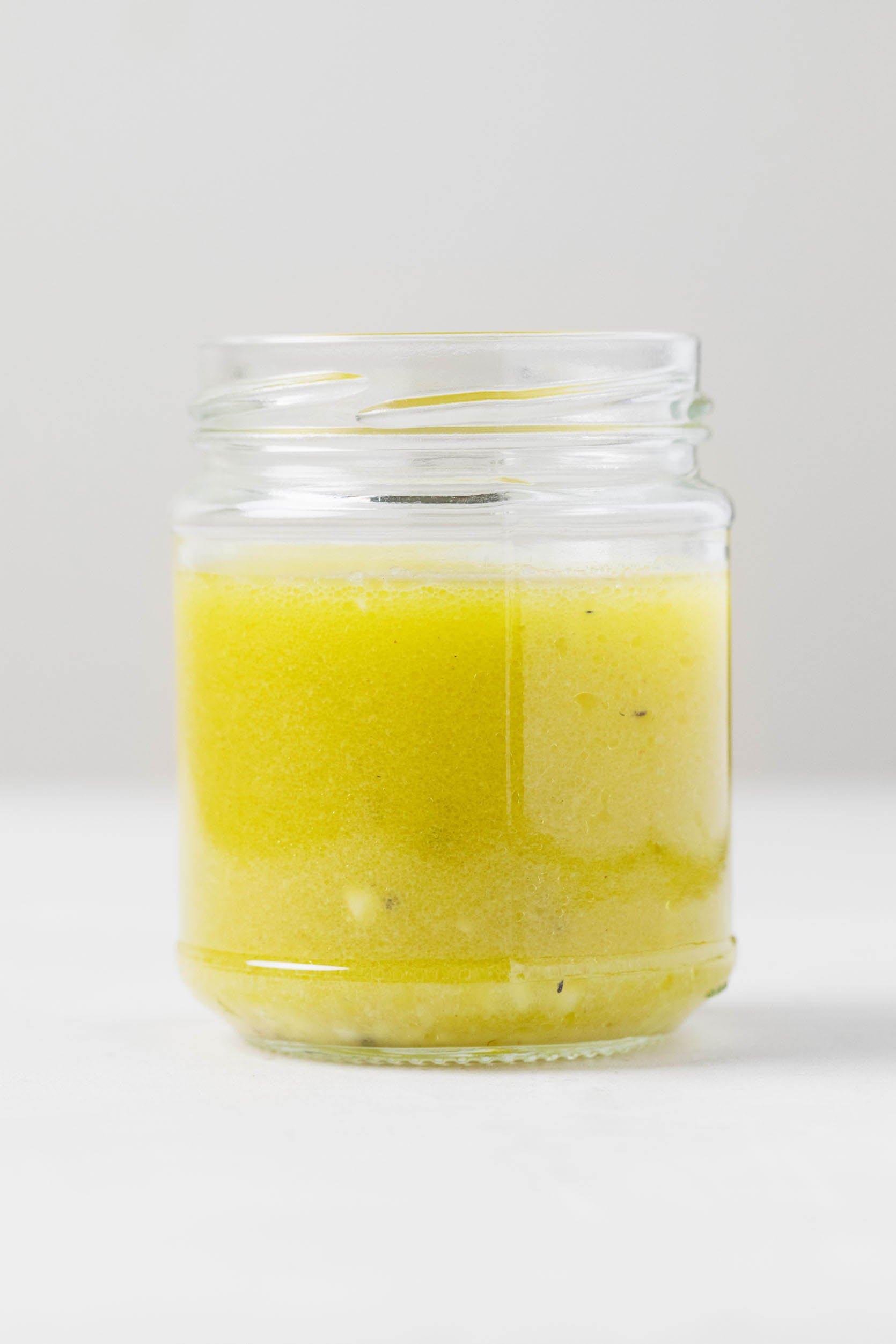
This apple cider vinaigrette is a perfect option for those who prefer their dressings to be tangy and zesty. It features a lower-than-usual ratio of oil to vinegar, plus a kick of garlic and mustard, so it’s pleasantly assertive. Use it to dress bitter greens, such as raw kale, or chicories. The dressing is also a great counterpoint to sweet flavors, so it’s ideal for salads that feature dried or fresh fruit!
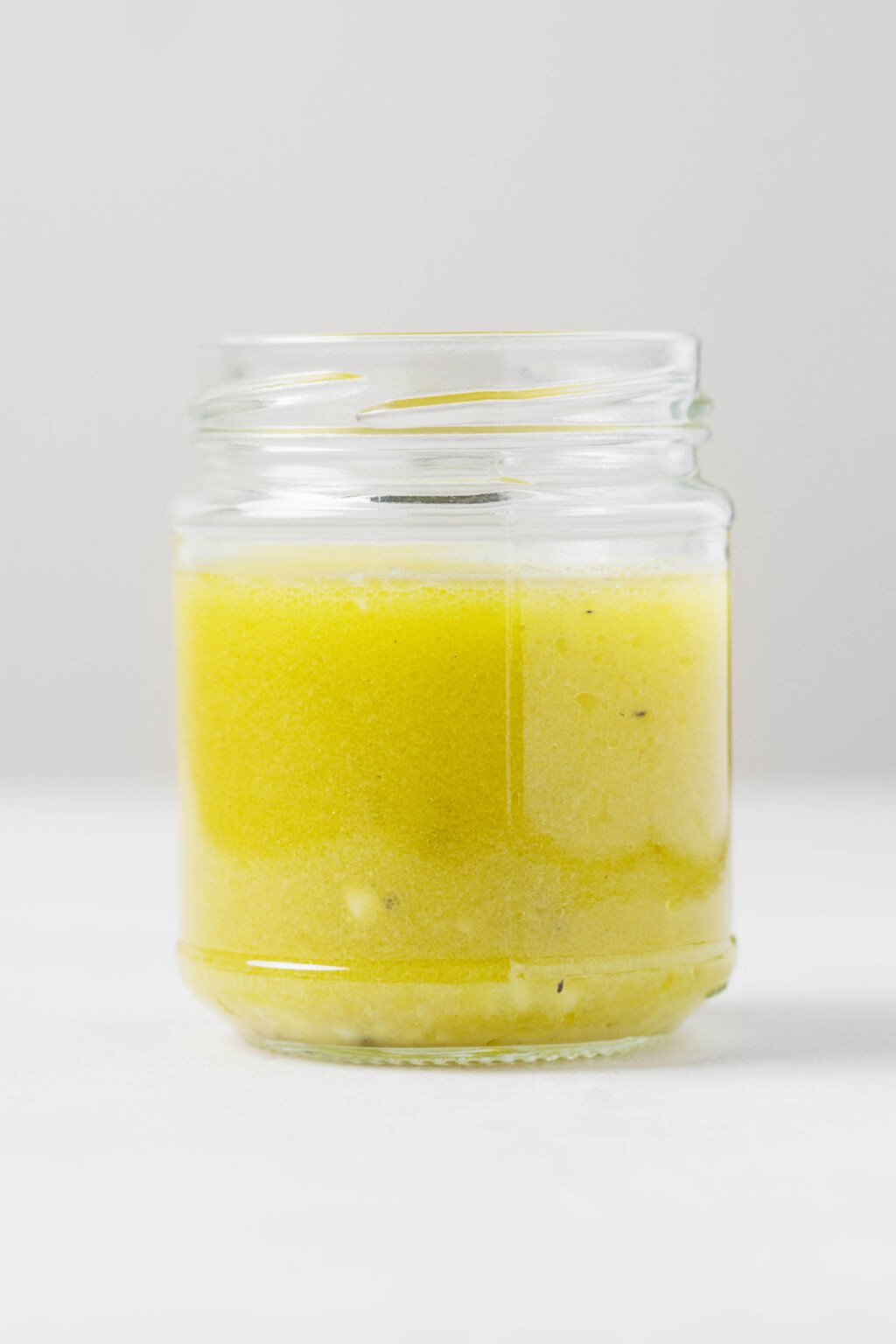
There can never been too many homemade vinaigrette recipes, and this one packs a punch.
If you’re the type of person who adds an extra dash of vinegar or lemon to nearly every salad after you’ve dressed it (me!), then apple cider vinaigrette is probably right up your alley.
In addition to its bold, tangy flavor, the vinaigrette is easy to make. There are only five ingredients here, minus salt and pepper, and preparation is just a matter of whisking or shaking.
Keep this recipe on hand for all of your salads that feature bitter or boldly flavored greens, like kale or chicories.
Allow its punchy acidity to brighten up roasted root vegetables or nutty cooked whole grains.
The tangy dressing can also bring sweet flavors into balance. I love drizzling it over salads that include sliced apple, dried raisins or dates, or candied nuts.
A quick primer on apple cider vinegar
For a person with a small kitchen, I have an expansive collection of vinegars. I use all of them in my homemade dressings: champagne vinaigrette, red wine vinaigrette, balsamic vinaigrette, and so on.
Apple cider vinegar, also known as ACV, is one of the types of vinegars that I rely on most often. It’s not only good in apple cider vinaigrette, but also for marinades and creamy dressings.
Apple cider vinegar has a strong, sour taste, and you may be able to pick up on very faint apple notes when you try it.
That’s because the vinegar is made, just as the name suggests, from the juice of crushed apples. This juice is fermented with yeasts to convert its sugar into alcohol, and then eventually into acetic acid.
This fermentation process leads to the formation of spent yeast and bacteria. They often coagulate into a gelatinous mass called “the mother,” or they might look like strands of cloudiness in your bottle.
The bacteria in apple cider vinegar are probiotics, or the “good” bacteria that are found in most fermented foods.
Fact vs. fiction
Thanks to the presence of these probiotics, and also as a result of a lot of wellness hype, apple cider vinegar is frequently touted as a weight loss aid.
There’s limited research to support such claims. Drinking ACV before or after meals might cut appetite a little, thanks to its acidity.
Limited studies also suggest that it may help to slightly lower post-prandial blood glucose.
But these effects are modest, at best, and the research on them isn’t robust. ACV isn’t a sufficient or reliable therapy for prediabetes or diabetes.
Plus, the vinegar’s acidity will take a toll on tooth enamel, and it may exacerbate GERD and acid reflux.
The bottom line: apple cider vinegar is a great culinary ingredient, with the added bonus of probiotics that exist in all fermented foods. It’s not a cure-all.
A particularly punchy dressing
For most of my vinaigrette recipes, I use about a 2:1 ratio of olive oil to acid.
The ratio here is lower. I use a third cup of olive oil and quarter cup of ACV, resulting in a vinaigrette that’s unmistakably acidic, even a little spicy.
A heaping teaspoon of Dijon mustard enhances that effect.
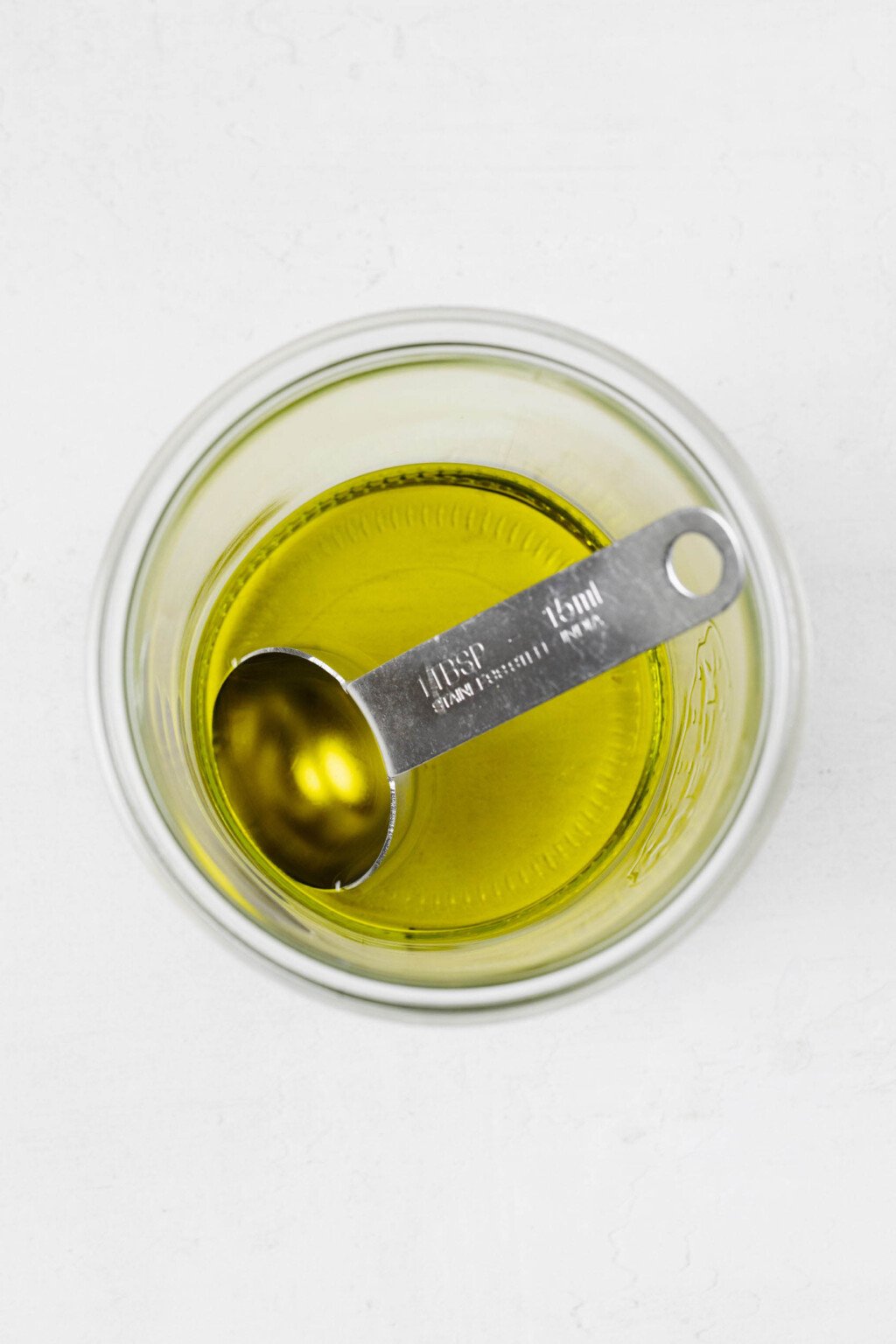
To help balance the acidity, I also add maple syrup. This isn’t unusual for me, as I like a touch of sweetness in my vinaigrettes for balance.
But whereas I usually add a half teaspoon or teaspoon of maple syrup to dressings, I add a tablespoon to apple cider vinaigrette.
And while we’re on the topic of balance, there are savory notes in the vinaigrette, too!
One fat clove of garlic—or two smaller cloves—should be grated and added to the dressing, giving it extra bite.
How to make apple cider vinaigrette
The process of making apple cider vinaigrette is so simple. First, gather up your ingredients:
- Olive oil
- Apple cider vinegar
- Garlic
- Maple syrup
- Dijon mustard
- Salt
- Freshly ground black pepper
Place them into a mason jar or glass measuring cup.
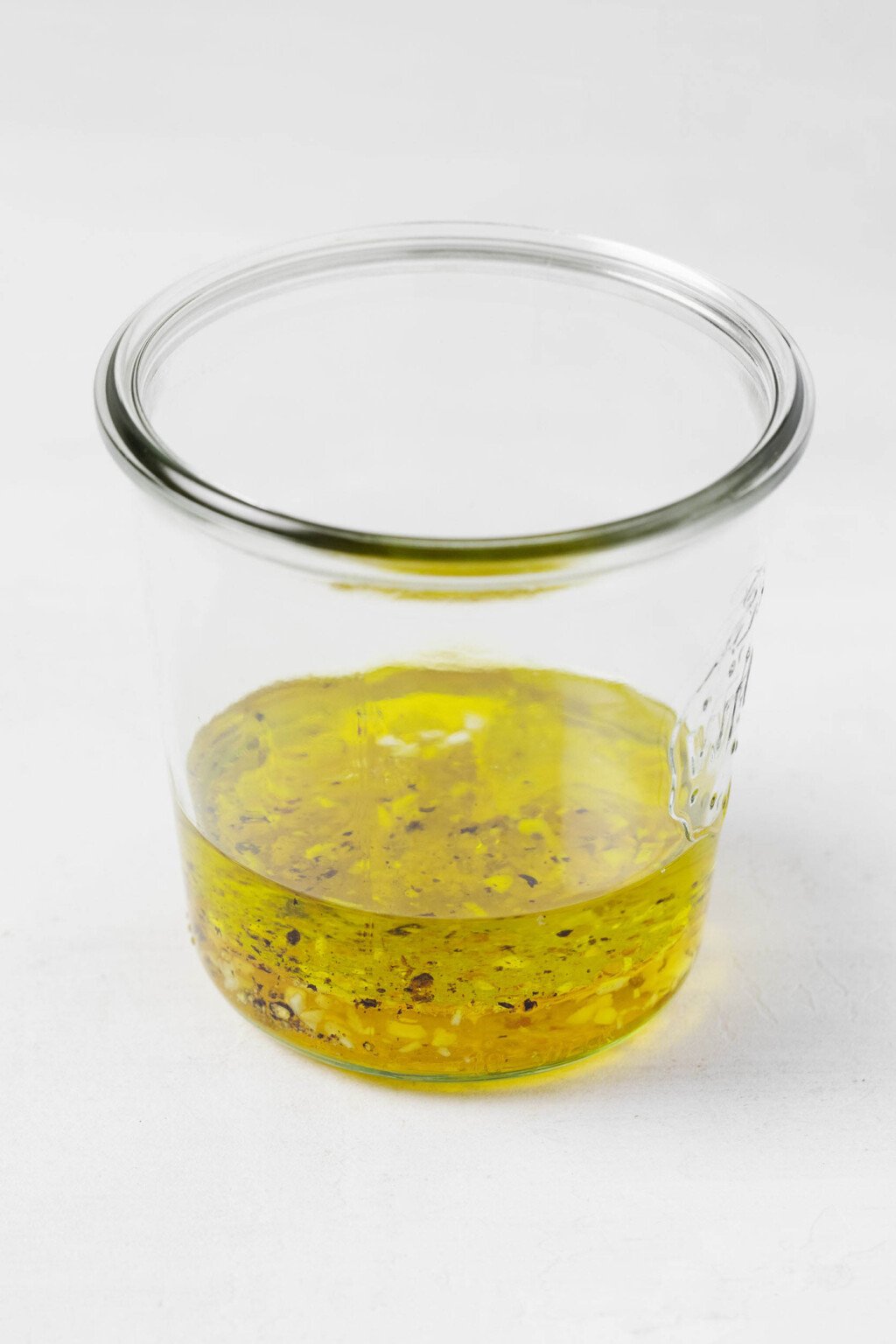
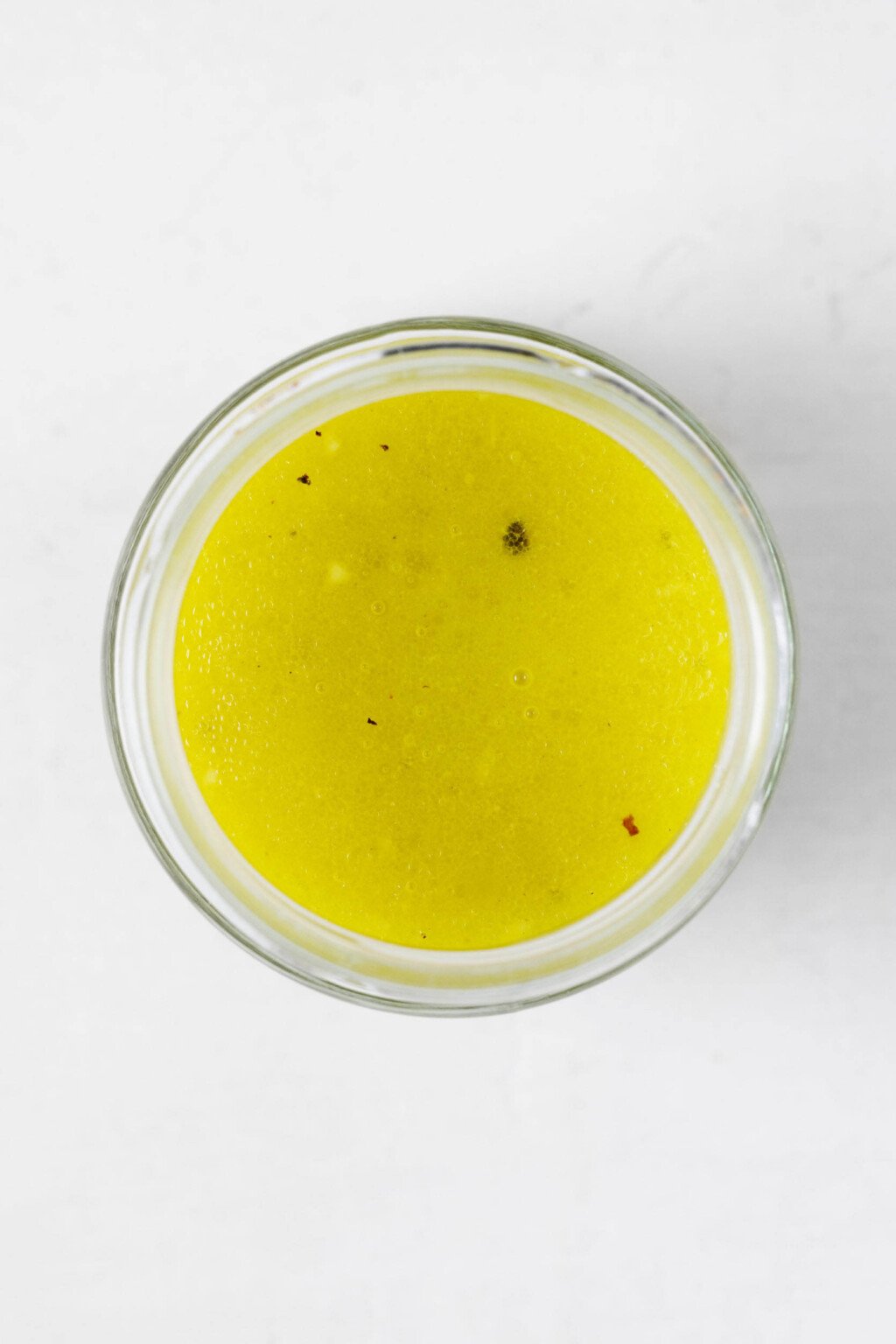
Next, just whisk the ingredients together, using a fork or a small whisk. Or, you can cover the jar tightly and give it a good shake.
If you used a liquid measuring cup, pour the vinaigrette into a storage vessel of some kind.
From here, you can store the apple cider dressing in your fridge, covered, for up to a week.
Ideas for using apple cider vinaigrette
I’ve mentioned kale and bitter greens, but the vinaigrette is also great over peppery arugula.
I also really like to pair this dressing with autumnal recipes and flavors. I use it as an alternative to the maple tahini dressing in my harvest bowls from Power Plates and on my vegan autumn harvest salad.
The vinaigrette will add brightness to any giant sheet pan of roasted sweet potatoes or butternut squash, and I love mixing it together with roasted beets.
One thing I don’t emphasize often enough is how easy it is to liven up a pot of cooked whole grains by stirring in a few tablespoons of salad dressing. Instant flavor, instant seasoning!
If you like that idea, try drizzling apple cider vinaigrette over your next batch of warm, freshly cooked farro, brown rice, or quinoa.
And if none of those ideas is calling to you, I’ll soon be writing about a winter wheat berry salad that’s a perfect use for this zippy, multi-purpose dressing.
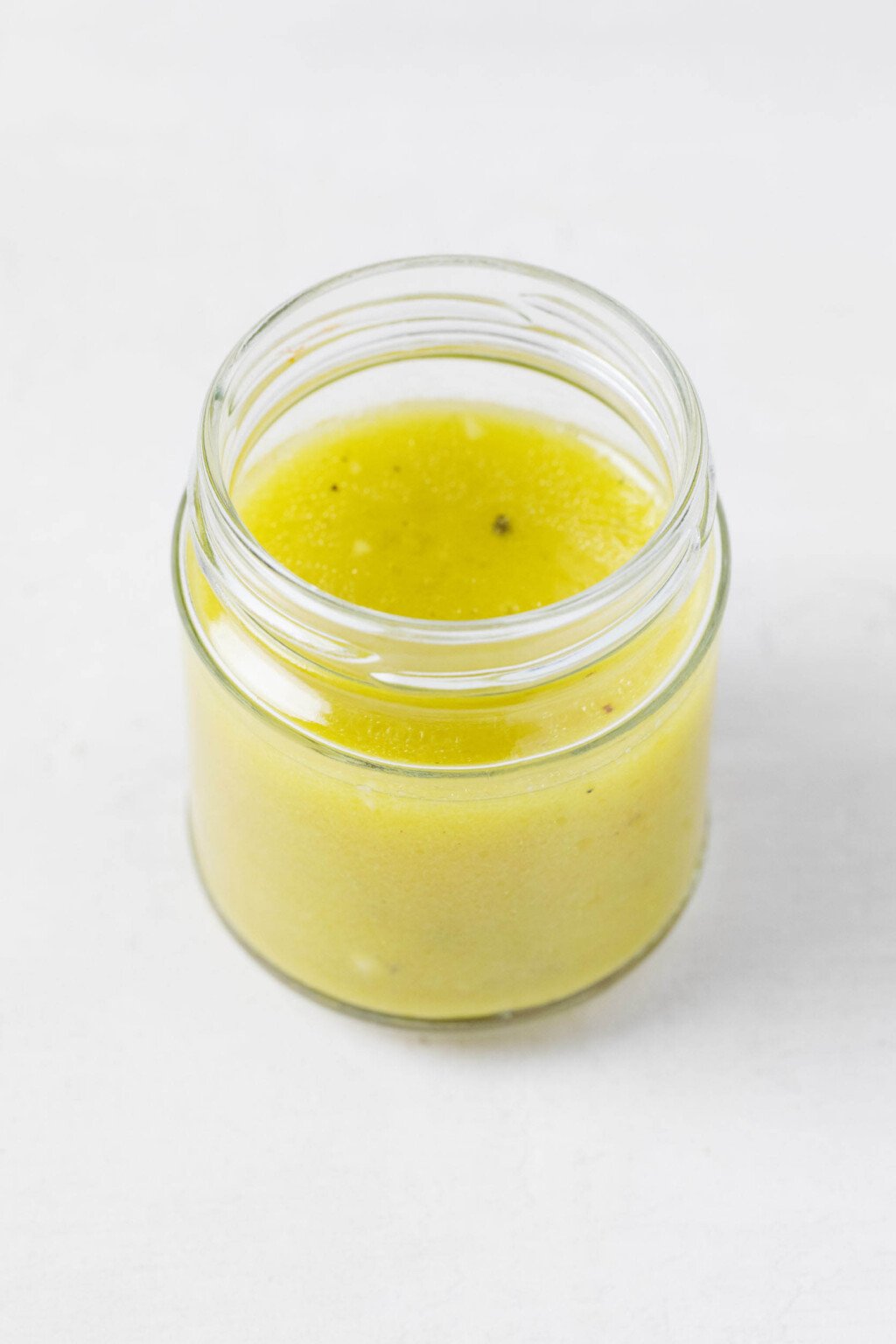
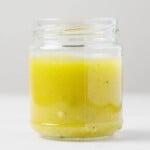
Tangy Apple Cider Vinaigrette Dressing
Equipment
Ingredients
Instructions
- Whisk all ingredients together in a liquid measuring cup, then pour into a jar (or other airtight container) for storage. Store the dressing in the fridge, covered, for up to 1 week.
I hope you’ll fall in love with the powerful personality of this vinaigrette. I can’t wait to hear how you use it in your kitchen.
xo
The post Tangy Apple Cider Vinaigrette Dressing appeared first on The Full Helping.













![[Boost]](https://media2.dev.to/dynamic/image/width=800%2Cheight=%2Cfit=scale-down%2Cgravity=auto%2Cformat=auto/https%3A%2F%2Fdev-to-uploads.s3.amazonaws.com%2Fuploads%2Forganization%2Fprofile_image%2F7820%2Fe8a1bb9a-c520-4645-b24f-06ddf34c44bf.gif)




![[The AI Show Episode 130]: Worrying Future of Jobs Report, Altman: “Confident We Know How to Build AGI,” Why OpenAI’s Agents Are Delayed & Trump $20B Data Center Investment](https://www.marketingaiinstitute.com/hubfs/ep%20126%20cover-1.png)









_full.jpg)











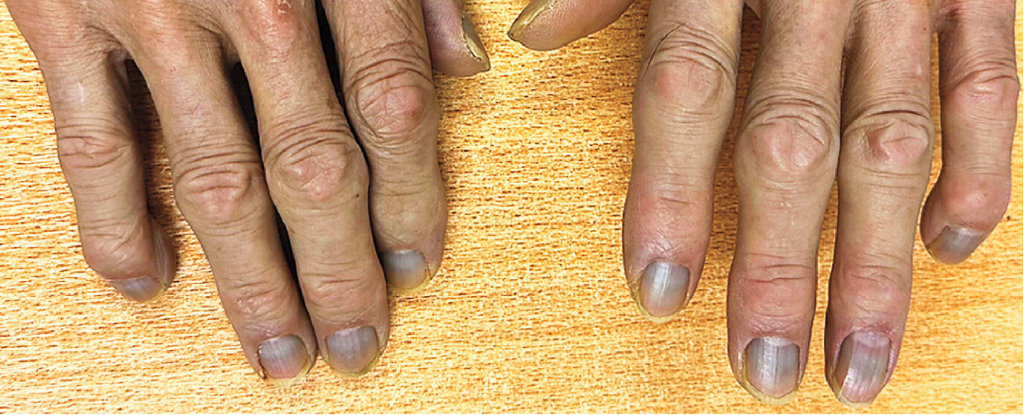






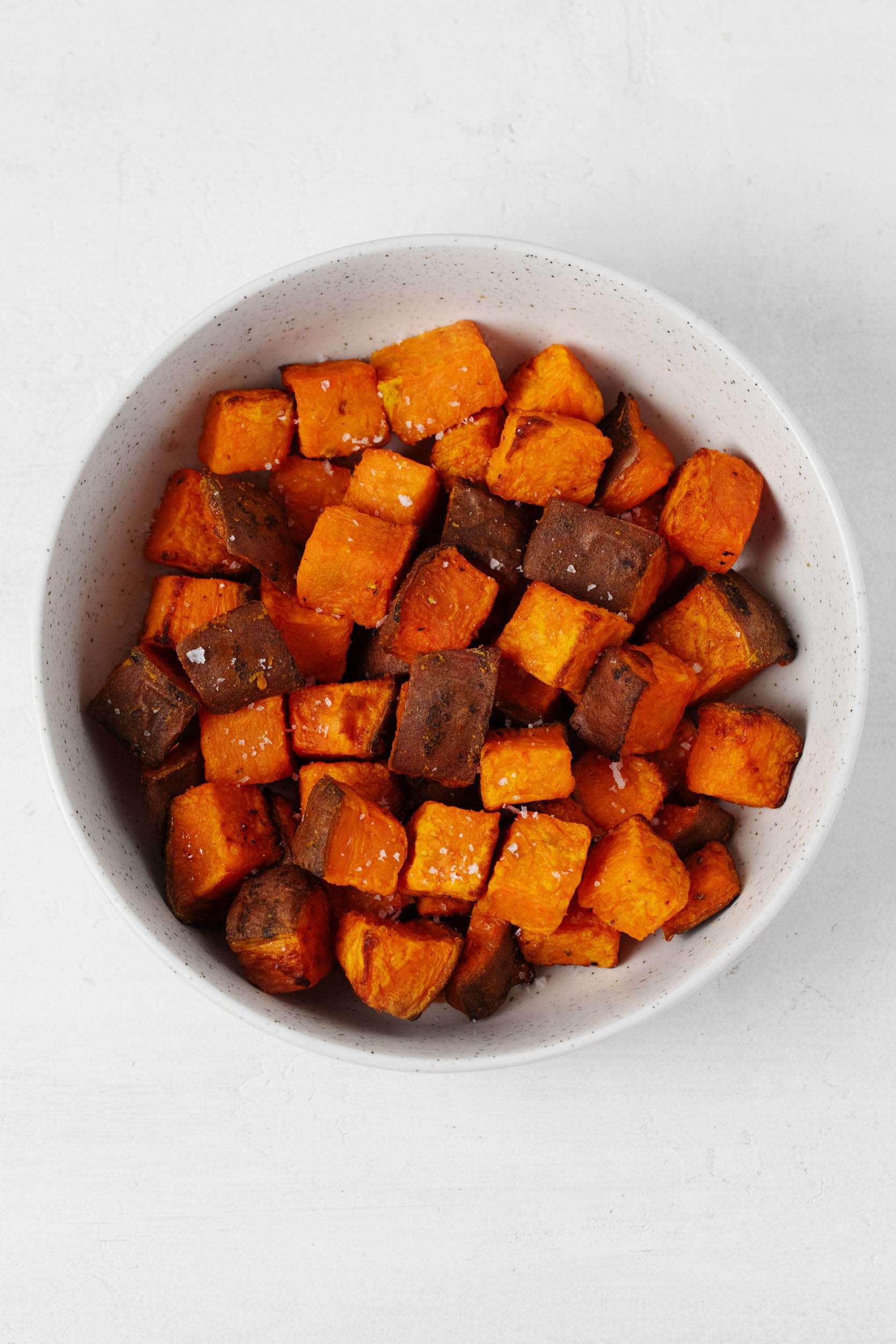
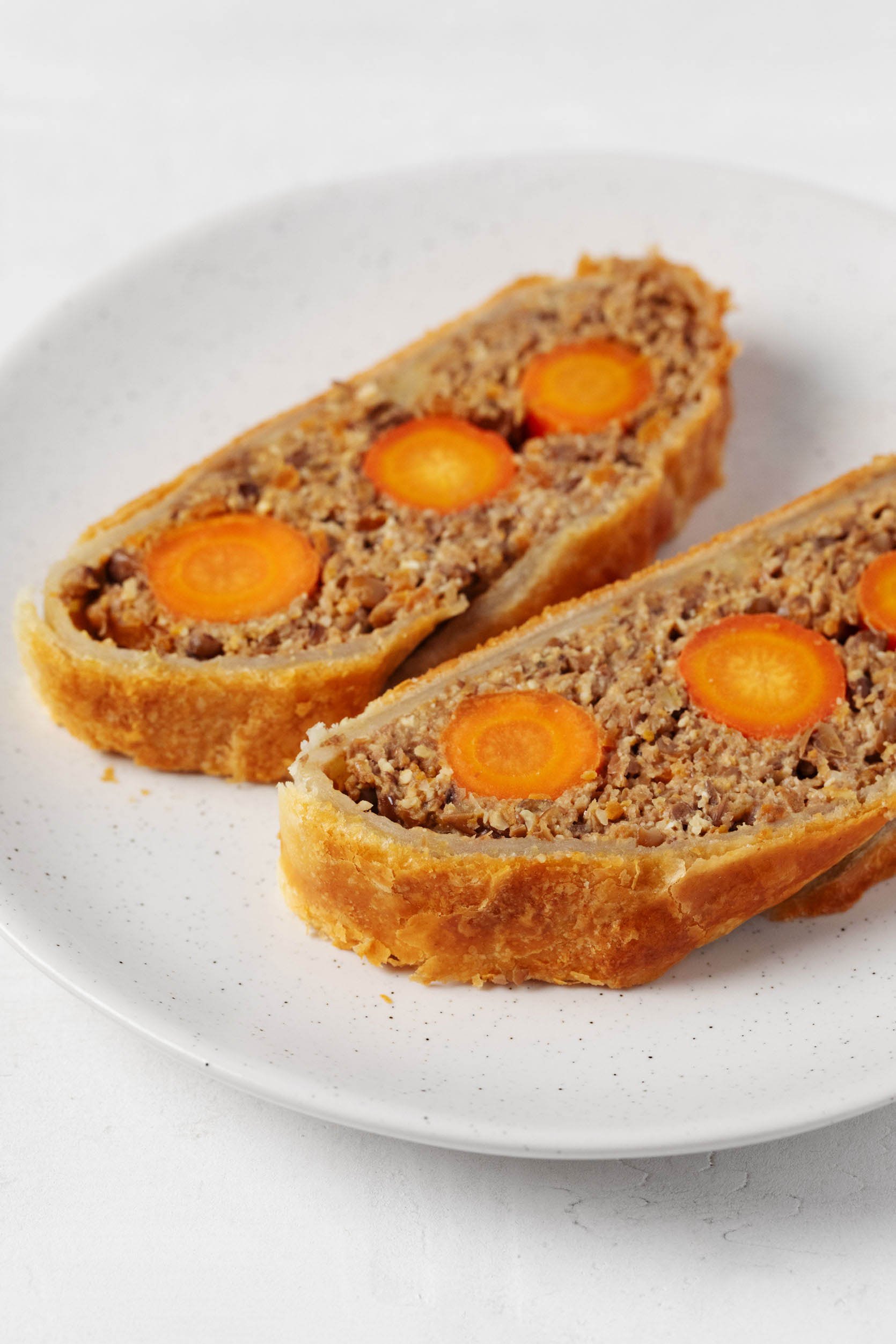
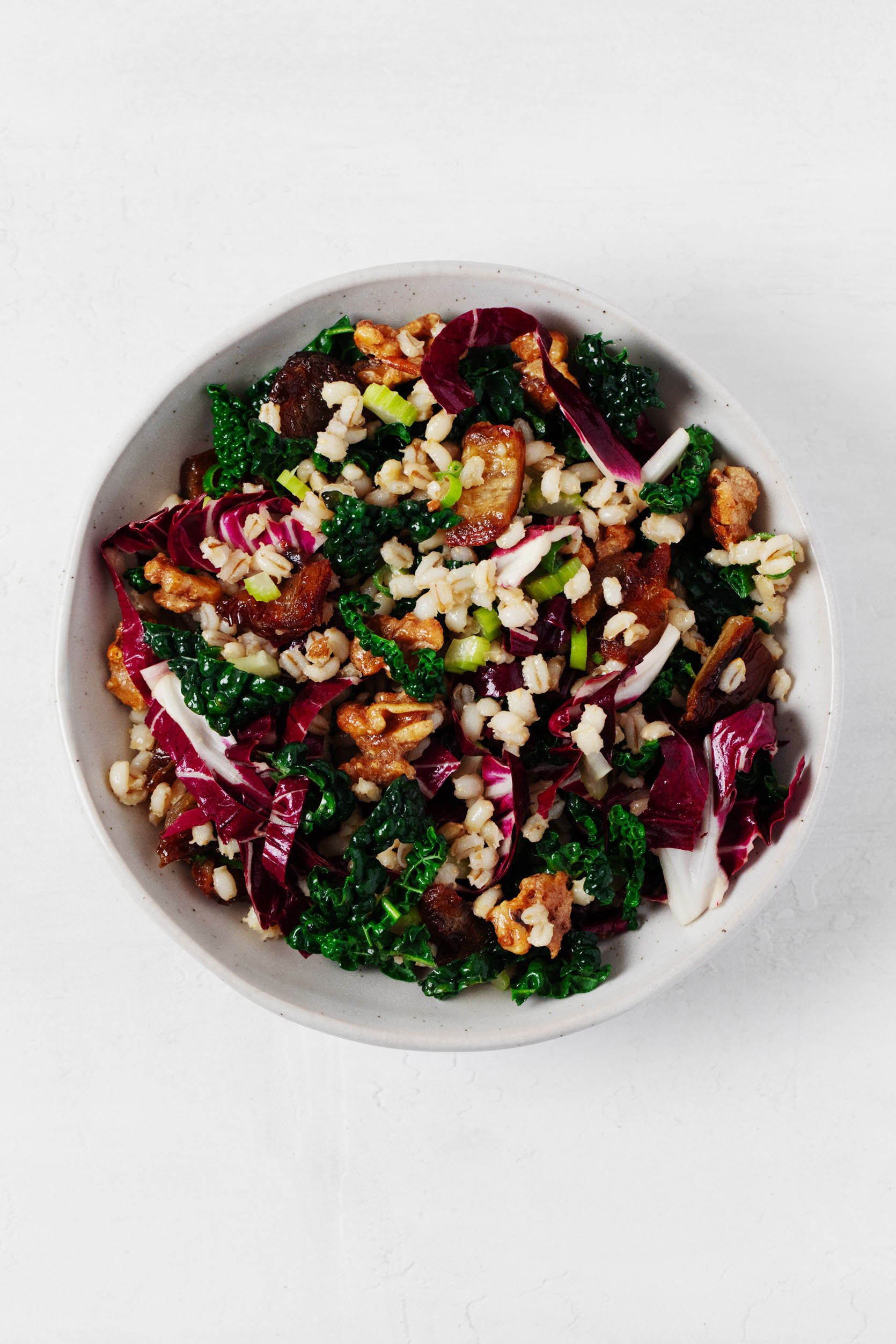













![Billie Eilish, Lady Gaga, Joni Mitchell, and Red Hot Chili Peppers to Play FireAid Benefit Concert [Updated]](https://consequence.net/wp-content/uploads/2025/01/FireAid-2025.jpg?quality=80#)









